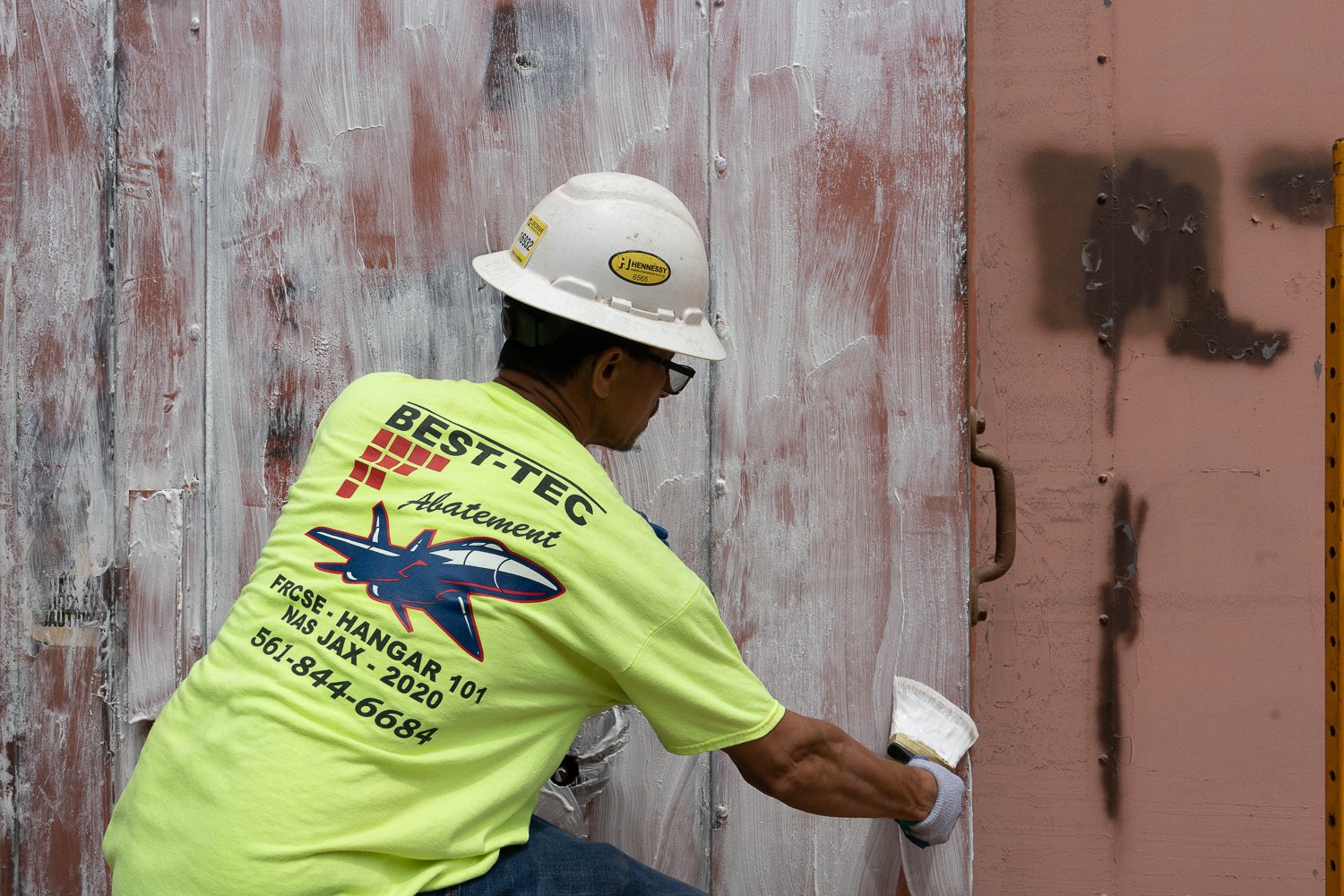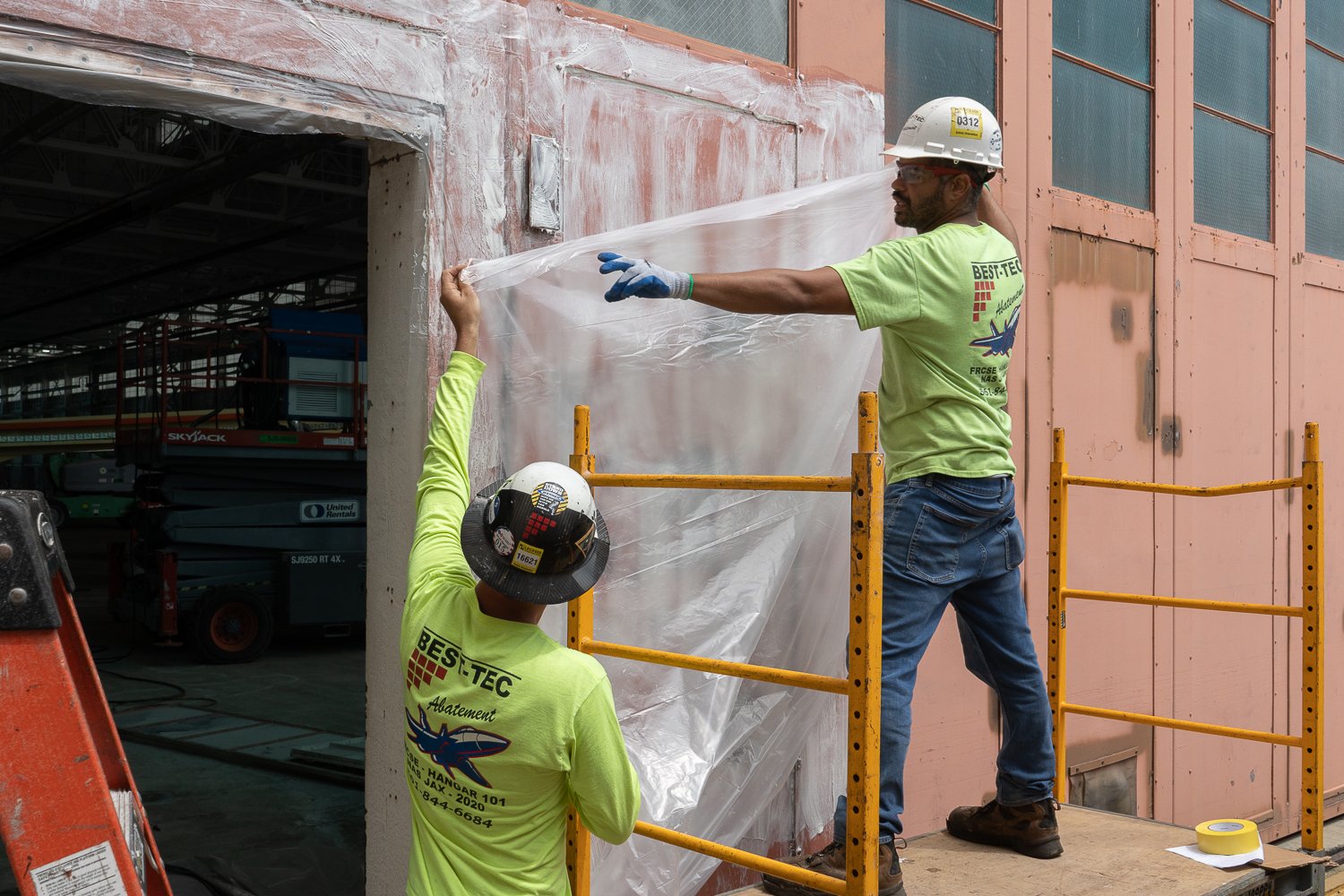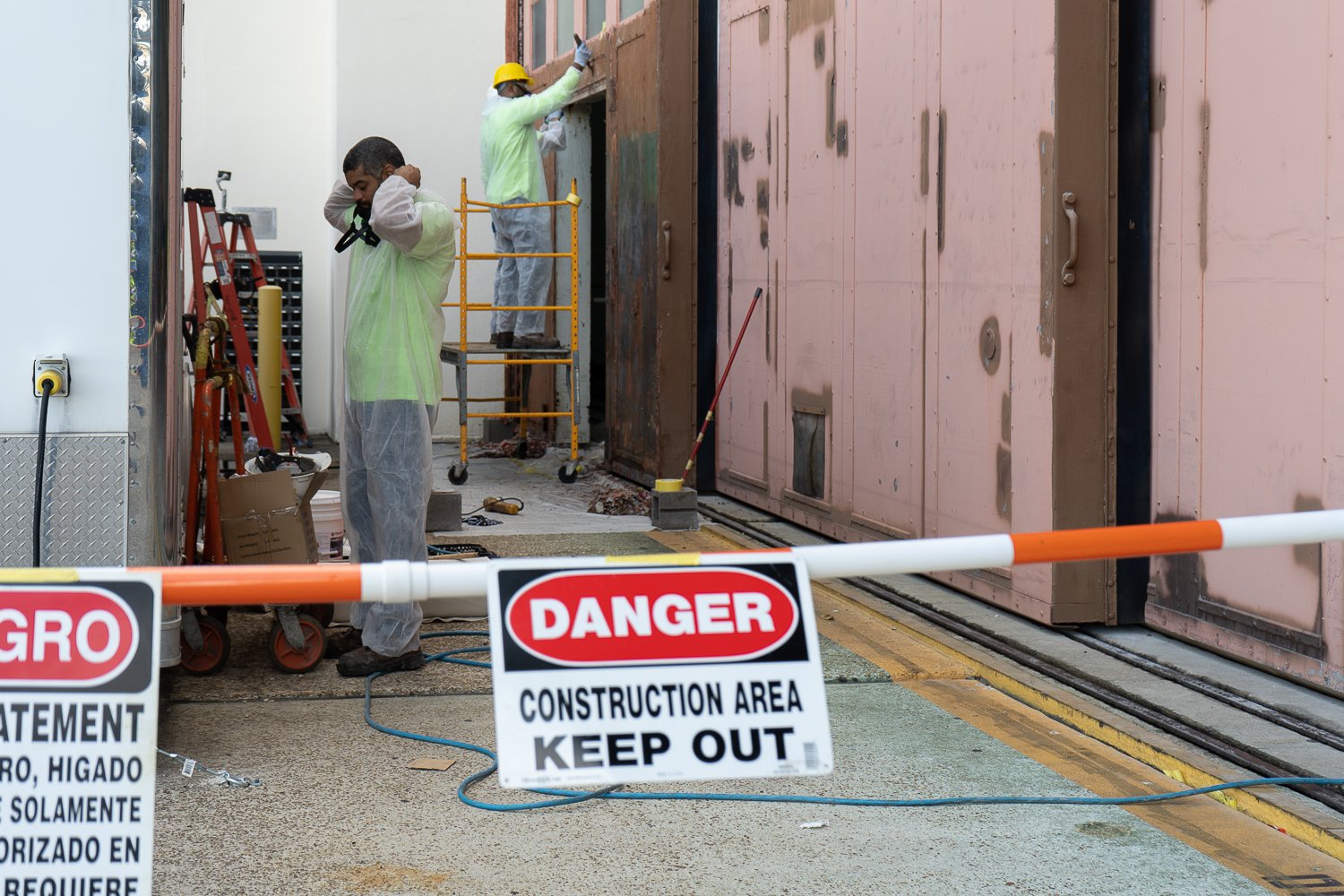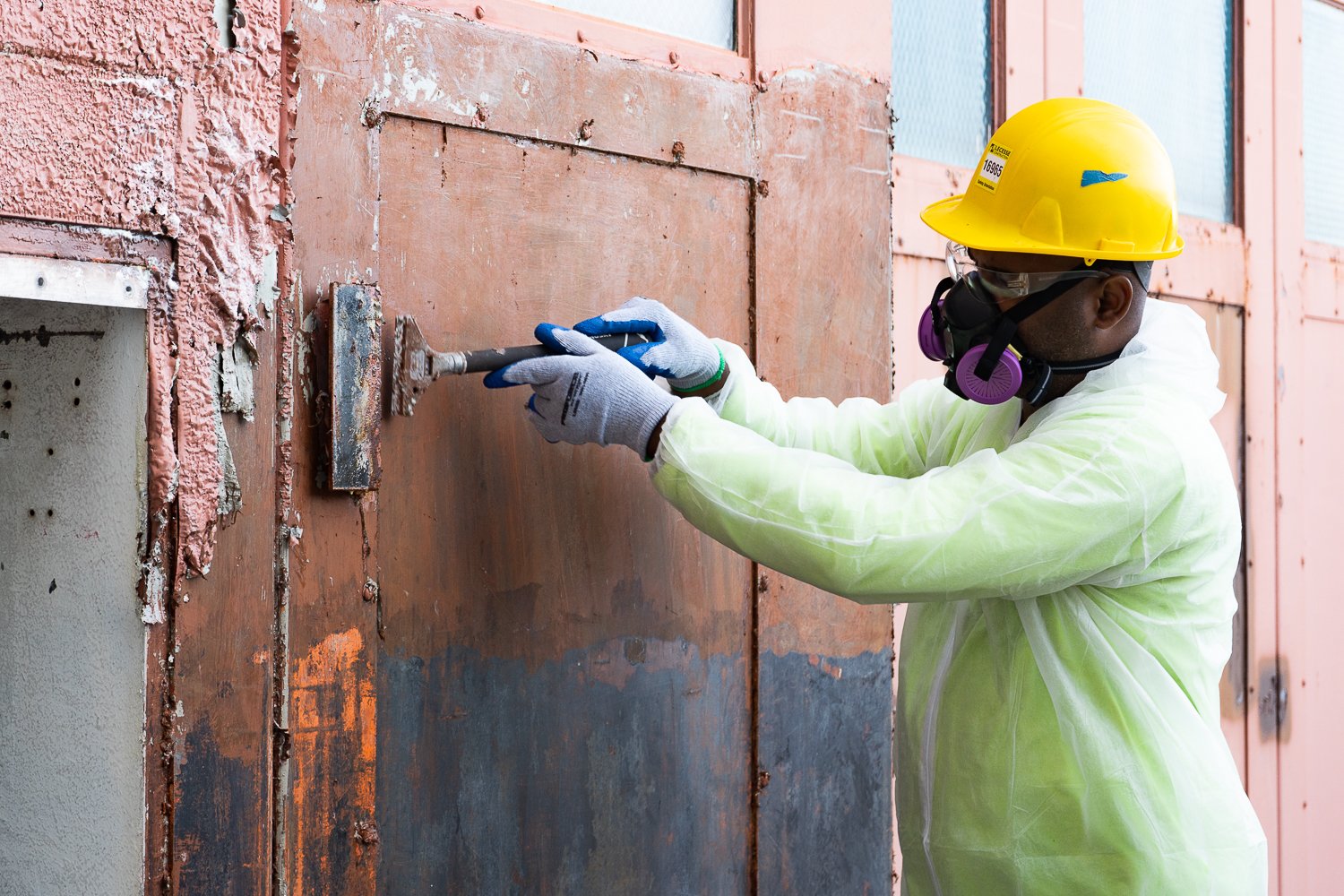Lead Removal: The Importance of Getting Rid of Lead Paint
Air samples are collected where lead paint removal is taking place. The samples will be sent off to a lab to be tested to ensure the area is safe.
Lead has been used in products for centuries, with the first recorded use dating back to 4000 BC. In the 1800s and early 1900s, lead was commonly used in paint due to its durability and resistance to corrosion. However, we now know that lead is a toxic substance that can cause serious health problems if it is ingested or inhaled.
Paint is one of the most common sources of lead exposure. Lead-based paint was used in homes and businesses until it was banned for use in 1978. Even though its use is now prohibited, many buildings built before 1978 still have lead-based paint. Paint can become a problem when it begins to chip and peel because dust and chips from the paint can be ingested or inhaled. More importantly, it is also a problem when renovation or repair projects disturb old lead-based paint without taking the proper precautions. That's why it's important to have a certified professional test and treat the paint.




There are a few different ways to test paint for lead. The first is with a handheld X-ray fluorescence (XRF) analyzer. An XRF analyzer can quickly screen for the presence of lead in paint and provide results on-site. The second way to test for lead is with a kit that uses wet chemistry methods. These kits require you to take a sample of the paint, mix it with certain chemicals, and then compare the color of the mixture to a chart that will indicate the presence of lead. The third way to test for lead is to send a sample of the paint off to a lab for analysis. The EPA has a set of specific requirements that all paint must meet to be considered safe. If the level of lead is above a certain threshold, the paint is considered unsafe and should be dealt with accordingly.
Lead paint is a serious health hazard, particularly for children. If left untreated, lead paint can cause learning disabilities, behavioral problems, and even death. There are several ways to treat lead paint, but the most effective method depends on the severity of the contamination. For minor cases of lead paint, simple cleaning and repair measures may be enough to mitigate the risk. Another option is encapsulation, which entails covering lead paint with a special sealant. More serious cases may require the removal of contaminated materials and replacement with new, lead-free materials.
A worker uses a laser to remove rust and lead contaminated paint. The laser vaporizes the material down to the bare metal while the vapors are extracted through a HEPA filter.
For complete lead removal, the first step is to identify all the areas where lead paint is present. Once these areas have been identified, a containment area must be set up. This usually involves putting up plastic sheeting or containment field to prevent the spread of lead dust. Next, the lead paint is removed using a variety of methods, such as sanding, scraping, chemical stripping, and/or with emerging technologies, such as laser ablation. The method used will depend on the type of surface, and the extent of the lead contamination. After the lead paint has been removed, the area must be cleaned thoroughly to remove any residual lead dust. Finally, any damaged surfaces (such as wallboard or plaster) will need to be repaired or replaced. Lead paint removal can be a time-consuming process, but it's essential for protecting people from lead poisoning.
A qualified specialist should be consulted before taking any action. With proper treatment, the risks posed by lead paint can be effectively reduced.


